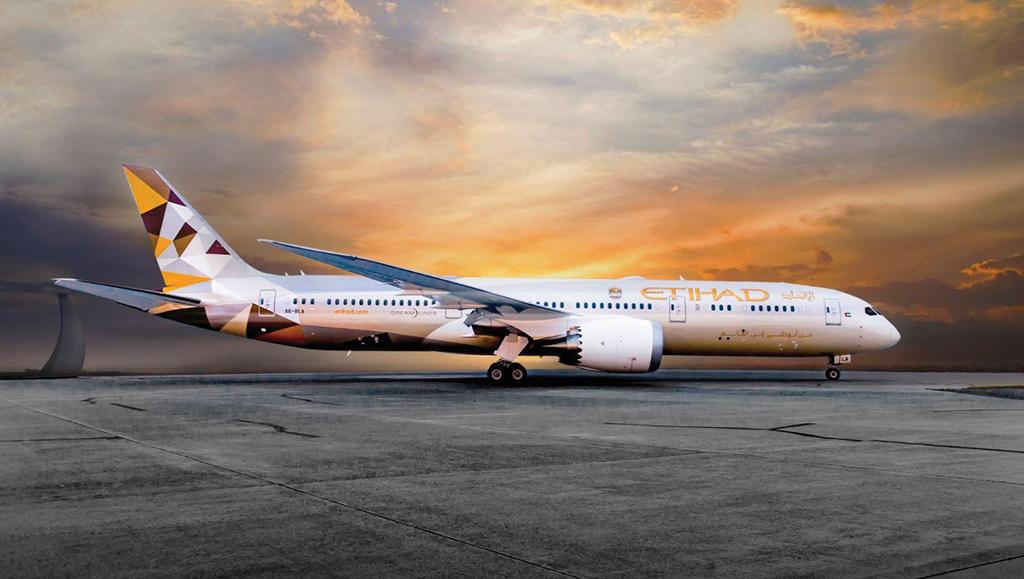
When the COVID-19 pandemic grounded nearly 70% of the global commercial aircraft fleet in May 2020, the widebody segment was most affected. As airlines looked to streamline their fleets, it became common for larger aircraft to go into long-term storage for more than three months or to be returned to their lessor owners and, in some cases, retired from service early. Stalwarts such as the Boeing 747 and older Airbus A340 aircraft are being retired at an accelerated pace, while the A380 superjumbo is expected to be further reduced throughout the global fleet in the near term.
Unlike some of its older widebody counterparts, the Boeing 787, along with its competitor, the Airbus A350, is expected to remain an attractive long-term addition to airline fleets as carriers move from legacy platforms to newer ones. However, even these newer aircraft programs have not been immune from the effects of the crisis. In the case of the 787, which entered commercial service in 2011 as Boeing’s long-term bet in the widebody segment, operators have run up against cross-border restrictions, meaning aircraft have been effectively withdrawn from service.
These include embattled airline Norwegian, one of many carriers struggling financially due to the crisis, returning some 787 aircraft to lessors at the beginning of this year following its decision to end long-haul flights. Another operator, Aeromexico, returned its first 787 after just seven years of operation. Other 787 operators have parked aircraft since last year that have yet to return to service.
The aircraft’s aftermarket, valued at $4.4 billion for 2021, is expected to see a greater element of certainty in the near term. Although designed to be less maintenance-intensive and to allow longer intervals between aircraft checks, that has not stopped many MRO providers with widebody capacity from gaining 787 certifications for multiple repair capabilities. Aviation Week’s Fleet & MRO Forecast projects that this market will grow by 10.2% annually over the 10 years to 2030. The market is in place, and while some maintenance work is being deferred out of financial necessity by airlines, Aviation Week data projects 610 maintenance events for 787s in 2021. This figure will increase steadily over the following years. By 2030, it is expected to reach nearly 9,000 events.
This year, 59% of maintenance visits will be C check work. Heavier D check work is not anticipated in any great volume for several more years—it will account for just 1% of all MRO events this year. By 2025, as the fleet grows, D checks will make up 12% of total MRO visits for that year.
Engine maintenance will account for most of the 787’s long-term aftermarket spending, standing at 47% of the overall market by 2030 and valued at $36.3 billion at the top of the decade. Of its two powerplant options, the GEnx will enjoy a dominant position in the 787-engine market with a 70% share, while its Trent 1000 competitor will account for 30% of the overall market 10 years from now.
The components market for the 787 will see $717 million worth of spending in 2021 and is expected to grow to $13.1 billion by 2030. Boeing Global Services, the aftermarket division of the aircraft manufacturer, has moved into this market as part of its MRO strategy. One example of this is its agreement with Etihad Airways for maintenance on more than 300 operationally critical parts found on the 787, of which the Abu Dhabi-based carrier operates 39.
The modifications segment will account for a small percentage of MRO work in 2021, at just 7%. However, an interesting detail is the potential role of the 787 in the cargo market and its possible impact on the aftermarket. With passenger numbers at record lows over the past 12 months and with demand for cargo capacity increasing, the prospect of the 787 as a freighter option has also been mooted.
While Boeing has not confirmed any plans for a 787 freighter variant, one airline has looked to use an existing 787 passenger aircraft for this purpose. In late 2020, Canadian MRO provider Avianor and Kenya Airways repurposed a 787’s aircraft cabin into a cargo configuration for the first time. The repurposed cabin has been certified to carry up to 16 tons of cargo.



